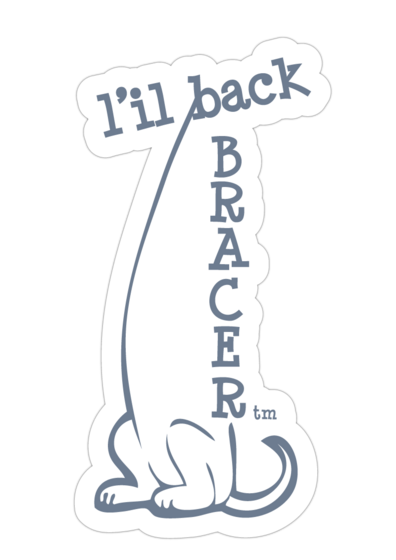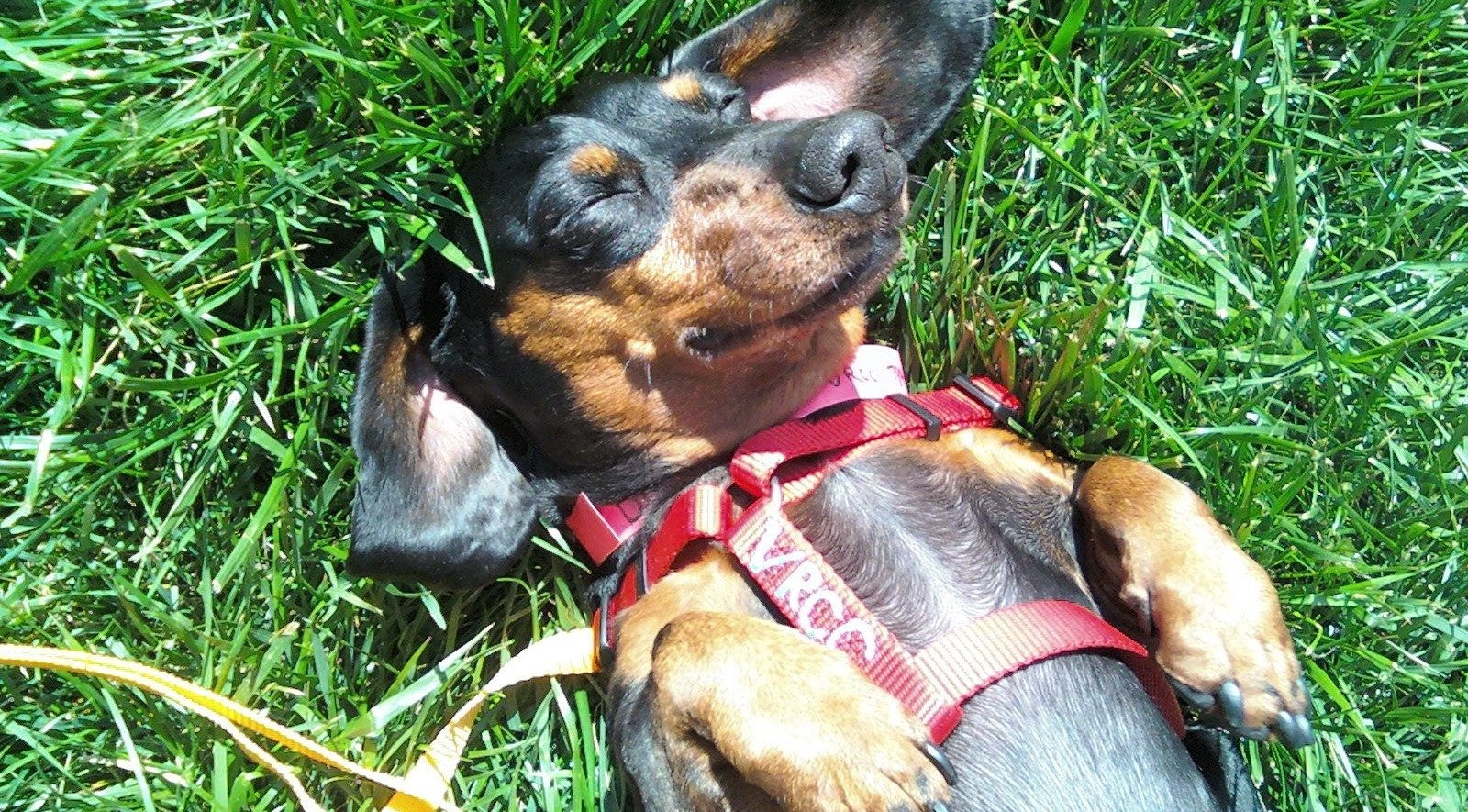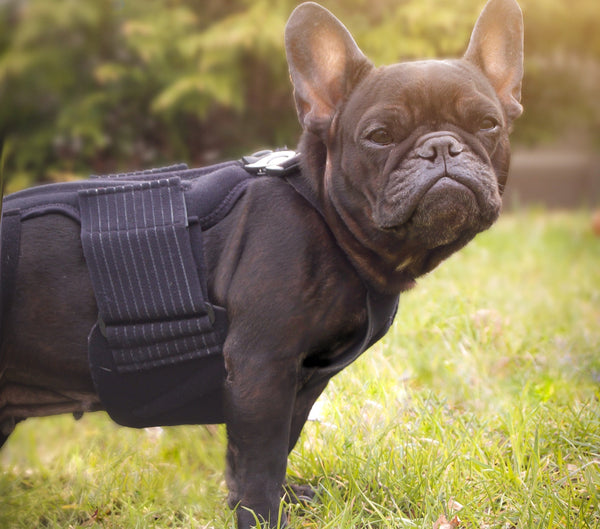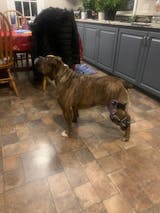Great a collar for our bulldog mix. We use it when she goes to the ver because she doesn't like her feet to be touched. For whatever reason, this collar helps to calm her and allows our vet to actually examine her. It's a life saver!
Hi Jennifer,
This is so great to hear! We are happy our pet cone has helped your dog with trips to the vet and hope it continues to make her feel comfortable! Thank you for taking the time to leave us a review. Please let us know if you ever have any questions, happy to assist!
Happy New Year,
Animal Ortho Care
My dog diesel has a partially torn ACL and the brace animal ortho care made for him works great. When we initially got it, it didn’t fit perfectly, but animal ortho took it back and modified it to fit as perfectly as possible. We are very happy with it.
Hi Sam,
We are so happy to hear that Diesel is doing well with his brace! Such a cute photo! We always want to make sure the brace fits well to your dogs leg so it can take a couple of modifications to get it just right. Please let us know if you ever have any questions about the brace, happy to help!
Best,
Animal Ortho Care
My wife and I thought about having our dog Daisy undergo surgery on her right leg when she ruptured her knee CCL only nine months after having TPLO surgery on her left knee. We are so glad we decided to try a less invasive option for Daisy, who is approaching 12 years old, and have Animal Ortho Care create a custom brace for her. In the four months since starting to wear the brace, Daisy has improved greatly, with a minimal to no limp as she enjoys her daily walks. Thanks for the support you provided and we would gladly recommend the Animal Ortho Care custom orthotics as a viable option for anyone concerns about their pet undergoing the expense and long healing process following surgery.
Hi Edward,
This is fantastic news! We appreciate the kind words! This melts our hearts to hear. We are so happy to see that Daisy is enjoying her walks again and is showing improvements! Such a sweet photo and LOVE the pink brace option!! Please let us know if you ever have any questions regarding Daisy's brace, happy to help!
Wishing you a joyful season,
Animal Ortho Care
It’s for my granddaughter’s dog. We didn’t think about the fact that she is disabled and can’t get it on with her right hand. So it’s not used very much. We keep trying. But I think it’ll work on it
Hi Robert,
We are sorry to hear about your granddaughter! We hope you or someone can assist to help with putting the brace on Gerald. :) We appreciate you taking the time to write us a review. Please let us know if you ever have any questions about the brace or if we can help in any way, happy to assist!
Best,
Animal Ortho Care













Victoria Runnoe
Author